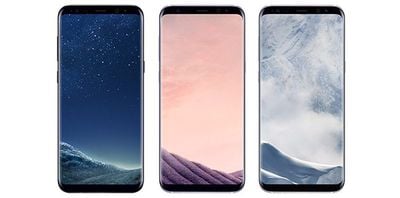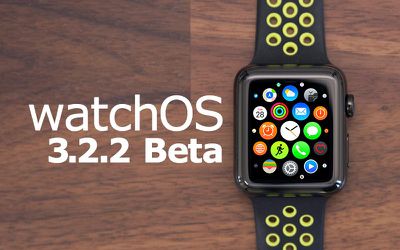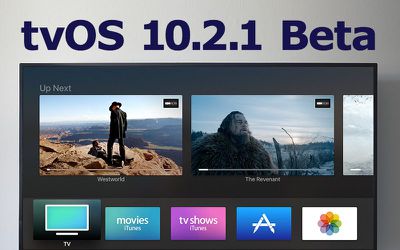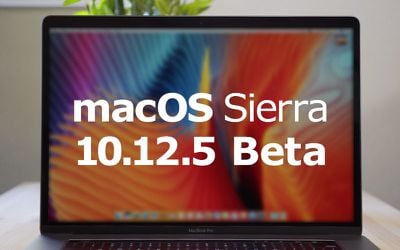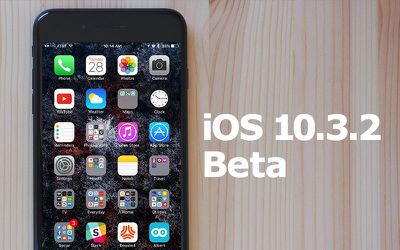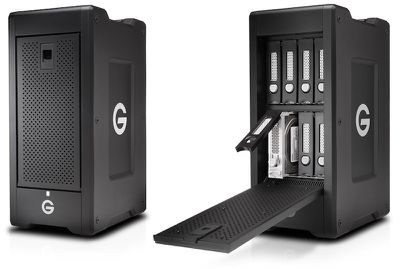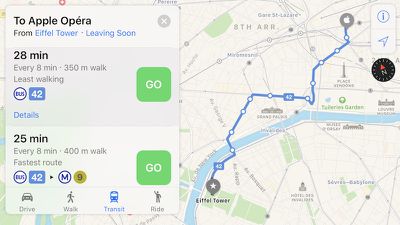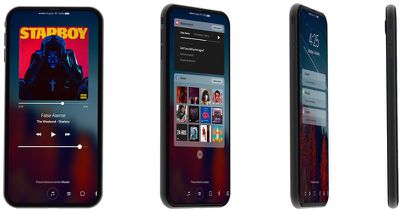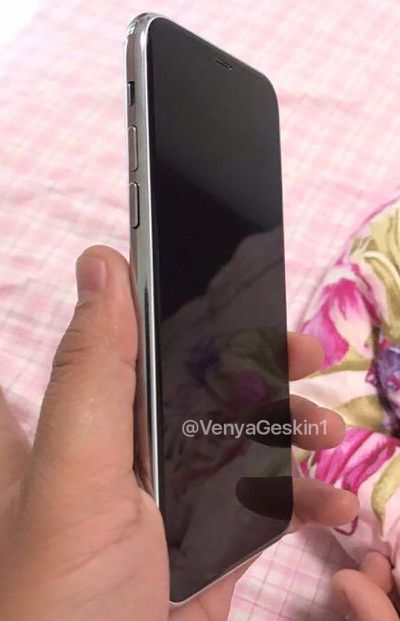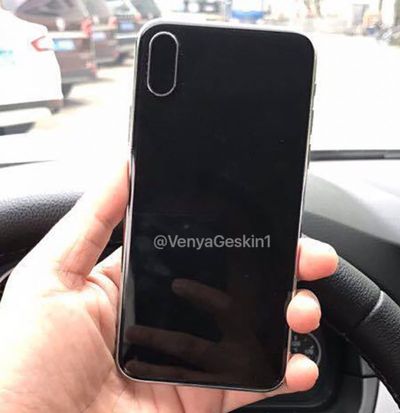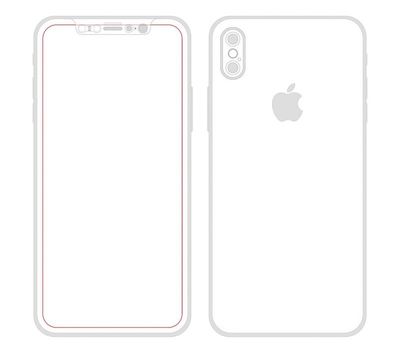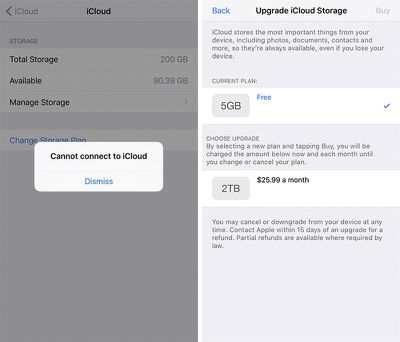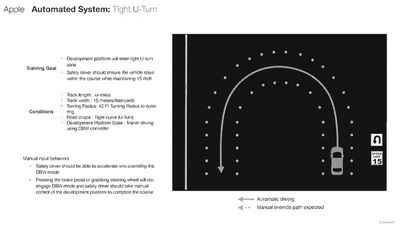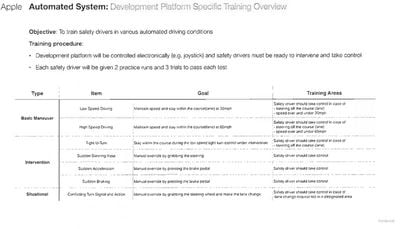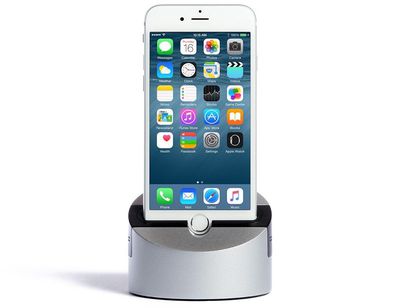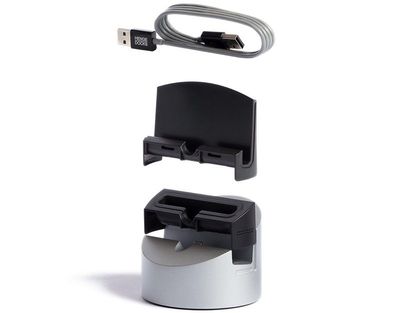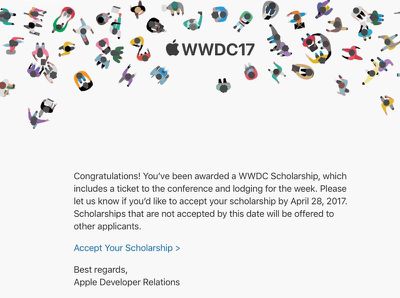Starting today, Sling TV is expanding its Cloud DVR service to Apple TV users. Sling TV subscribers with an Apple TV can purchase 50 hours of Cloud DVR storage for $5 per month, which is a fee in addition to the standard Sling TV subscription cost.
Content stored in Sling TV's Cloud DVR remains indefinitely, and the service supports pausing, rewinding, and fast-forwarding through saved shows and movies. Most Sling TV content, including live TV, sports, and movies can be saved to the Cloud DVR service, but Sling says the DVR functionality is not available on all channels that it offers, including Disney, FOX, and ESPN.
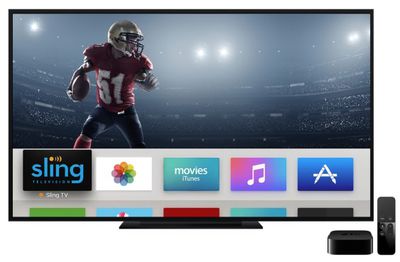
Here are some features currently available through Cloud DVR "First Look":
Watch anytime, anywhere- Record your favorite programs and watch whenever you want across all Amazon Fire TVs and Fire tablets, Android mobile devices, Android TVs, Apple TVs, Roku streaming players and Roku TVs. AirTV Player is not currently compatible with Cloud DVR.
Conflict-free recording- Record multiple programs simultaneously, and forget about recording conflicts.
Keep recordings as long as you want- With Sling TV, your recordings won't expire as long as you remain a Sling TV subscriber with Cloud DVR.Auto-managed recordings- Sling TV will make room for new recordings by deleting your old recordings as you reach capacity, starting with your oldest 'watched' recording, so you can binge on your new favorite show.
To enable the Cloud DVR service, Sling TV subscribers need to sign into their Sling TV accounts on the Sling website and choose the "Add Cloud DVR" option. The service works on the Apple TV, Roku, Amazon, and Android devices.
Sling TV, owned by Dish Network, offers 30+ channels at prices starting at $20 per month. Three packages are available, with the high-end package that includes 50 channels priced at $40 per month.


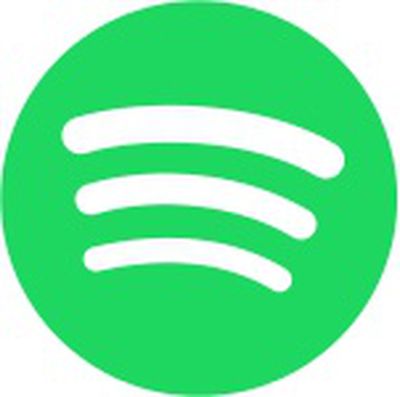 Spotify appears to be working on its first wearable device, developing a "category defining product akin to Pebble Watch, Amazon Echo, and Snap Spectacles," based on a job listing discovered by
Spotify appears to be working on its first wearable device, developing a "category defining product akin to Pebble Watch, Amazon Echo, and Snap Spectacles," based on a job listing discovered by 